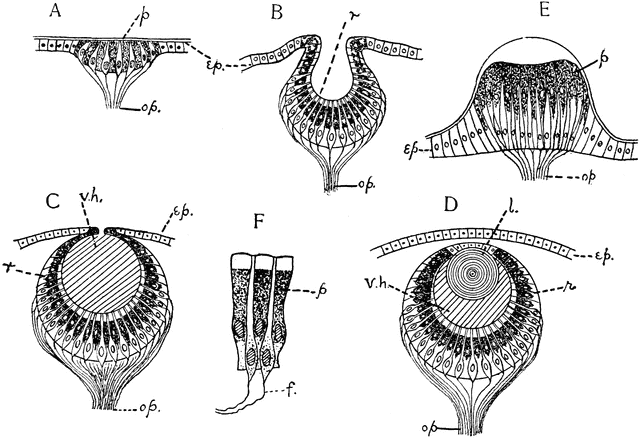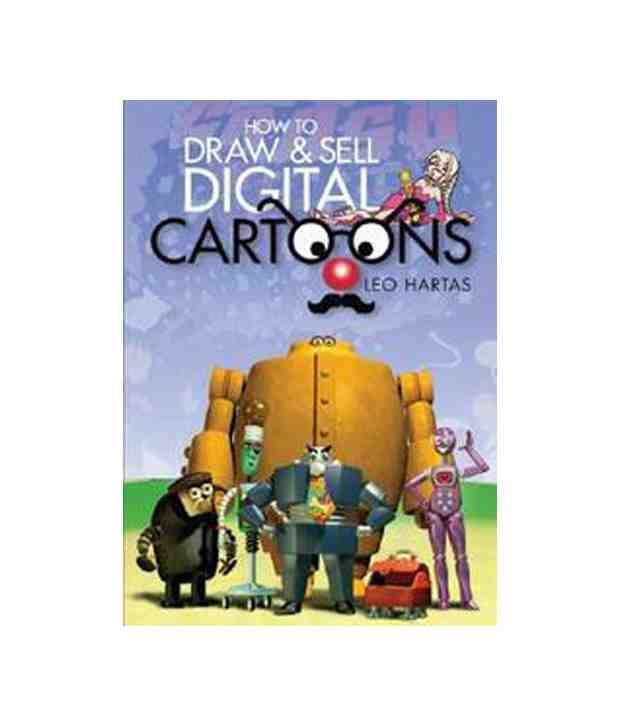Pin on c c
Table of Contents
Table of Contents
If you’re interested in drawing invertebrates, you’ve come to the right place. Invertebrates are a fascinating group of animals, with a wide variety of shapes, sizes and colors. In this post, we’ll explore some tips and tricks for how to draw invertebrates, and help you create your very own masterpiece!
Pain Points
Are you struggling with how to draw invertebrates? Do you feel like your sketches always fall short of your expectations? Don’t worry, you’re not alone. Many aspiring artists find it difficult to capture the unique features and characteristics of invertebrates in their art.
Answering the Target
The key to drawing invertebrates is to closely observe their anatomy and behavior. Take the time to study photos and videos of different types of invertebrates, and pay attention to the shapes and patterns that make them distinct. With practice, you’ll develop your own artistic style for capturing the essence of these amazing creatures.
Main Points
When it comes to drawing invertebrates, there are a few important things to keep in mind. First, try to break down the anatomy of the invertebrate into simple shapes and lines. This will help you create a rough sketch of the creature that you can later refine into a more detailed drawing. Second, pay attention to the texture and details of the invertebrate’s body, including the pattern of its skin, the shape of its legs, and the placement of its eyes and mouth. Third, experiment with different drawing techniques, such as shading, cross-hatching, and stippling, to create depth and dimension in your drawing.
How to Draw Invertebrates - Target and Personal Experience
Personally, I have always been fascinated by the intricate patterns and colors found on the bodies of various invertebrates. One way to capture these unique features is by using a technique called pointillism. By creating small dots, you can create the illusion of texture and depth on the invertebrate’s body, while also adding a sense of movement to the drawing.
To begin, I gather reference images of different invertebrates, and select one that catches my eye. Then, I sketch out the basic shape of the creature using a pencil. Once I have a rough outline, I begin adding small dots of color using markers or colored pencils. This process can be time-consuming, but the end result is a vibrant and detailed drawing that captures the beauty of the invertebrate.
Check out this example of how I used pointillism to create a drawing of a butterfly:
 Drawing Techniques for Invertebrates - Target and Personal Experience
Drawing Techniques for Invertebrates - Target and Personal Experience
Another technique to add depth and dimension to your invertebrate drawings is called hatching. This technique involves creating parallel lines that vary in thickness and spacing to create the illusion of shadows and texture. By using different hatch patterns, you can add interest and contrast to your drawing.
For example, check out this drawing of a beetle that I created using hatching:
 ### Adding Details to Your Invertebrate Drawings
### Adding Details to Your Invertebrate Drawings
One of the most important aspects of drawing invertebrates is capturing the intricate details of their anatomy. For example, the shape and placement of a spider’s legs can make all the difference in creating a realistic and engaging drawing. Take the time to study the way different invertebrates move and interact with their environment, and experiment with different drawing techniques to highlight these details.
Here is an example of a detailed drawing of a spider, including the placement of its legs, texture of its body, and intricate patterns found on the abdomen:
 Question and Answer Section
Question and Answer Section
Q: What are some common mistakes to avoid when drawing invertebrates?
A: One common mistake is to simplify the anatomy of the invertebrate too much, resulting in a drawing that doesn’t capture the unique features and characteristics of the creature. To avoid this, take the time to study reference images and videos of the invertebrate, and pay attention to the details that make it unique.
Q: What are some tips for using shading in invertebrate drawings?
A: To create a sense of depth and dimension in your drawing, use shading to add shadows and highlights to different parts of the invertebrate’s body. Experiment with different shading techniques, such as cross-hatching and stippling, to add texture to the drawing.
Q: Are there any specific invertebrates that are easier or more difficult to draw?
A: Each type of invertebrate presents its own unique set of challenges and opportunities when it comes to drawing. Some invertebrates, such as crabs and lobsters, have complex anatomy and intricate patterns that can be difficult to capture. Others, such as beetles and ladybugs, have a simple yet distinctive body shape that can be easier to draw.
Q: What are some tools and materials I need to get started with drawing invertebrates?
A: To get started, you’ll need some basic drawing supplies, such as pencils, erasers, and paper. You may also want to invest in some colored pencils, markers or watercolors to add color to your drawings. Additionally, consider using reference images and videos to help you create accurate and realistic drawings of invertebrates.
Conclusion of How to Draw Invertebrates
Learning how to draw invertebrates can be an exciting and rewarding experience. By closely observing the anatomy and behavior of these amazing creatures, you can create detailed and realistic drawings that capture their unique features and characteristics. Experiment with different drawing techniques and materials, and don’t be afraid to make mistakes - with practice, you’ll develop your own style and create stunning invertebrate drawings in no time!
Gallery
Invertebrates Clipart - Clip Art Library

Photo Credit by: bing.com / eye invertebrate invertebrates clipart simple clip library cliparts etc lg medium
Higher Invertebrates - My Site

Photo Credit by: bing.com / invertebrates
Learn To Draw Animals On Exploringnature.org | Animal Drawings, Insects

Photo Credit by: bing.com / insects draw invertebrates choose board drawing
A Little Dose Of Me: Vertebrates And Invertebrates Around My Home

Photo Credit by: bing.com / invertebrates vertebrates drawings animals without backbone simple prey around found
Pin On C.C. - Cycle 1

Photo Credit by: bing.com / invertebrates vertebrates zoology animals clipart vertebrate clip examples animal cycle homeschool students cc classes domain biology animales board choose





